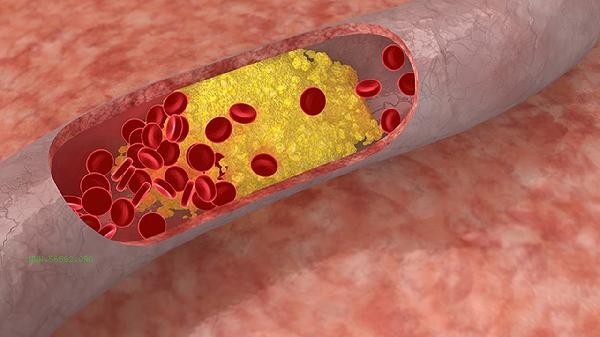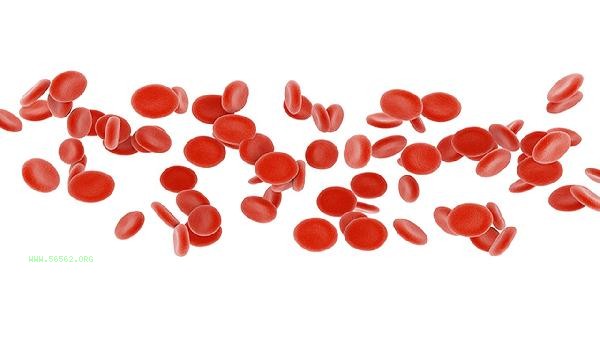A high number of red blood cells can be restored to normal by adjusting diet, increasing water intake, moderate exercise, treating primary diseases, and regular check ups. The high number of red blood cells may be related to factors such as blood concentration, altitude sickness, chronic hypoxia, polycythemia vera, and kidney disease.

1. Adjust diet
Reduce intake of high-fat and high protein foods to avoid exacerbating blood viscosity. Increasing the intake of vegetables and fruits in moderation, supplementing vitamins and dietary fiber, can help improve blood circulation. Avoid excessive red meat and animal organs, and choose high-quality protein sources such as fish and soy products.
2. Increase water intake
Maintaining sufficient water intake daily can help dilute blood and reduce hematocrit. It is recommended to drink 2000-2500 milliliters of water per day to avoid blood concentration caused by prolonged lack of water. It is necessary to replenish water in a timely manner after exercise or in high temperature environments.
3. Moderate exercise
Aerobic exercise such as brisk walking, swimming, etc. can promote blood circulation, but it is necessary to avoid intense exercise that can cause hypoxia in the body. The intensity of exercise should be gradually increased to avoid sudden increases in physical activity. Residents in high-altitude areas should pay attention to their oxygenation status during exercise.

4. For the treatment of primary disease [SEP], patients with polycythemia vera should follow the doctor's advice to use drugs such as hydroxyurea tablets and interferon alpha-2b injection to control red blood cell proliferation. Patients with chronic obstructive pulmonary disease need to improve their ventilation function, while patients with kidney disease need to treat renal dysfunction. Secondary erythrocytosis requires targeted treatment for the underlying cause.
5. Regular follow-up
Regularly conduct blood routine examination to monitor changes in red blood cell count, and if necessary, perform bone marrow puncture examination. Residents in high-altitude areas need to have their blood tests rechecked after returning to the plain. Patients with long-term high red blood cell count should have a follow-up examination every 3-6 months to evaluate the treatment effect. Individuals with high red blood cell counts should avoid smoking and drinking, maintain a regular daily routine, and reduce exposure to high altitude or low oxygen environments. If symptoms such as dizziness, skin itching, and blurred vision occur, seek medical attention promptly. Moderate consumption of foods such as hawthorn and black fungus, which have the effect of promoting blood circulation and removing blood stasis, is recommended in terms of diet, but they cannot replace regular treatment. Long term high red blood cell count may increase the risk of thrombosis, and preventive treatment should be carried out under the guidance of a doctor.









Comments (0)
Leave a Comment
No comments yet
Be the first to share your thoughts!